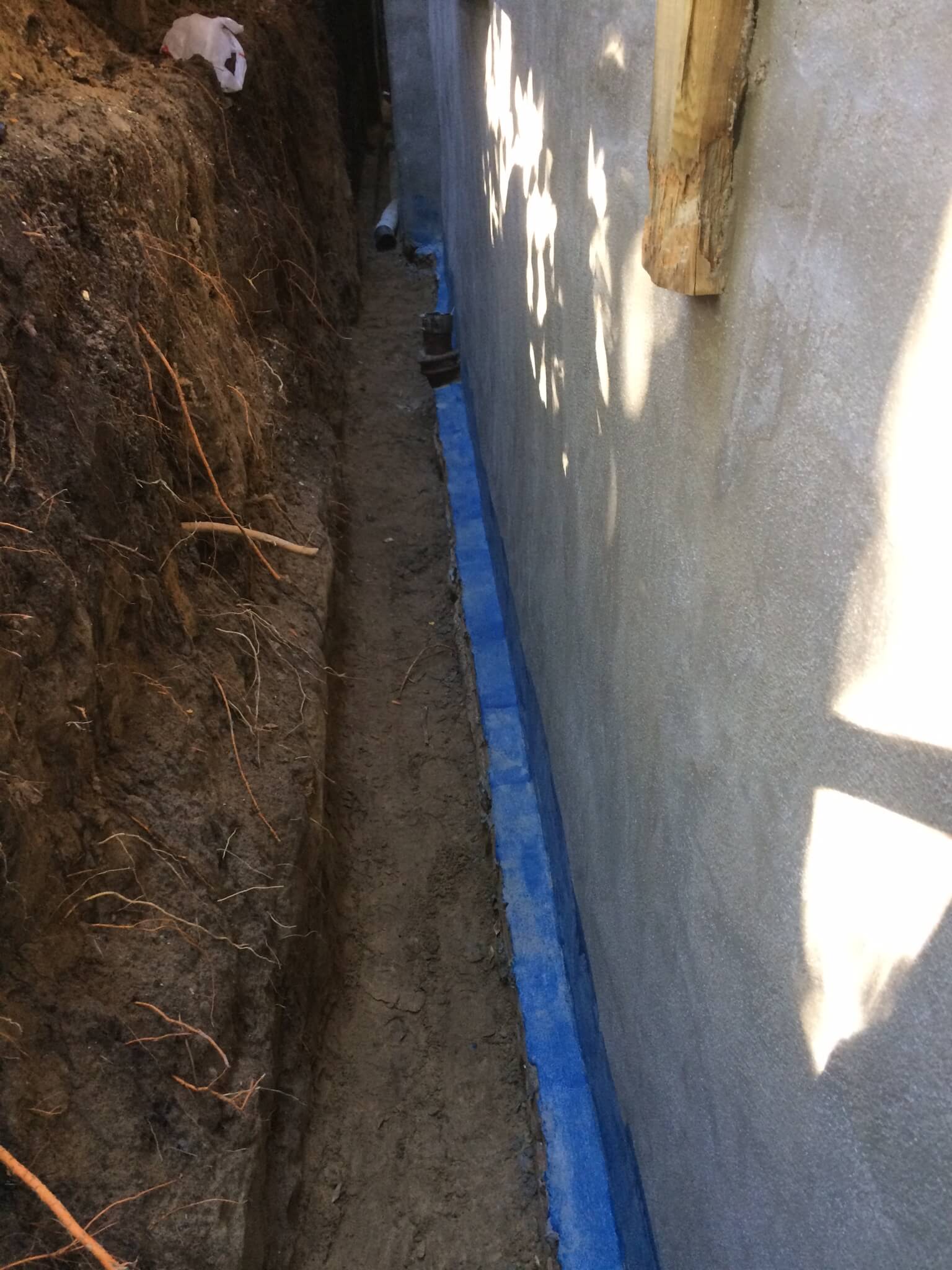Sealing the Yard: Protecting Plants from Excess Water
Sealing the garden is an essential aspect of keeping a flourishing outdoor space. Overflowing water can lead to a number of problems for your plants, such as plant decay, mold, and reduced growth. By applying effective waterproofing strategies, you can protect your garden from the harmful effects of overwatering and make sure that your plants thrive no matter the weather conditions.
In this manual, we will discuss why waterproofing is vital not just for homes and buildings, but also for the garden. We will delve into practical tips, techniques, and common misconceptions regarding waterproofing. Regardless if you are a seasoned gardener or just beginning, understanding how to manage excess water in your outdoor space will save you time and money while cultivating a vibrant garden environment.
Comprehending Waterproofing Basics Essentials
Sealing is vital for safeguarding your landscape and landscape from the possible damage caused by surplus water. When precipitation accumulates around plants and soil, it can lead to root rot, fungus, and other issues that compromise plant health. Using efficient waterproofing measures guarantees that your outdoor space remains healthy and prosperous, even during intense storms. This is not just a cosmetic issue; it’s about safeguarding your efforts in your yard.
Determining the appropriate waterproofing solutions requires understanding the specific needs of your garden. Different methods and solutions can be used, including drainage systems, waterproof membranes, and natural barriers like mulch and foliage. It is crucial to evaluate the layout of your outdoor area and the types of flowers you have to identify the most effective approach. Proper planning can prevent water from collecting in unwanted areas and promote proper drainage to safeguard root systems.
Furthermore, comprehending the long-term benefits of waterproofing can protect you substantial costs in repairs and replacements. Neglecting address water collection can lead to major structural issues not only for your outdoor space but also for nearby structures. Paying in waterproofing now can improve the durability and longevity of your outdoor space, enabling you to experience a healthy garden while minimizing future problems related to excess moisture.
Determining the Right Waterproofing Techniques
In regard to waterproofing your garden, choosing the right methods is essential for protecting your plants from too much water. Start by assessing the specific needs of your garden, taking into account the varieties of plants you have and the drainage characteristics of your outdoor space. For instance, if you have spots where water tends to pool, adding raised beds or utilizing permeable materials can help boost drainage and prevent waterlogging. Additionally, employing barriers such as geotextiles can separate soil layers and direct water flow efficiently.
It's also crucial to consider the local conditions in your region. Heavy rainfall or periodical flooding might necessitate additional waterproofing solutions, such as installing drainage systems to channel water away from your garden. On the other hand, in areas with less rain, simpler methods like mulching can assist keep moisture while avoiding excess water from saturating the soil. Being aware of your local climate and soil conditions will guide you in choosing the appropriate approach to ensure your garden flourishing.
In conclusion, always opt for high-quality waterproofing products when implementing your preferred methods. Investing in dependable coatings and barriers not only boosts the longevity of your waterproofing efforts but also ensures better protection for your garden. Brands that specialize in waterproofing often provide solutions designed particularly for outdoor use, so considering these options is important. Whether basement leak repairs choose DIY methods or request professional help, the right materials and techniques will significantly enhance the resilience of your garden against water damage.
Preventing Water Damage in Key Areas
Water damage can happen in various key areas of your home, like basements, bathrooms, and roofs. The basement, often susceptible to flooding, requires thoroughly effective waterproofing solutions. Proper drainage systems and sump pumps can assist manage surplus water effectively. Ignoring basement waterproofing can lead to costly repairs down the line, as stagnant water can weaken the foundation and encourage mold growth. Ensure you have a comprehensive waterproofing plan in place to safeguard this important area.
Bathrooms are another common point where water damage can wreak havoc. Shower and tile waterproofing are necessary to prevent leaks that can cause significant damage and mold issues. Choosing high-quality waterproofing products for your bathroom can have a considerable impact in maintaining a mold-free environment. It is recommended to assess plumbing fixtures and waterproofing consistently to catch any possible problems early.

Lastly, roofs are frequently overlooked when it comes to waterproofing but play a vital role in preventing water damage throughout the building. Ensuring that your roof is properly waterproofed defends your entire home from leaks and structural issues. Utilizing waterproofing contractors and addressing common roof waterproofing mistakes proactively will extend the life of your roof, minimizing risks of leaks and costly repairs associated with water damage.